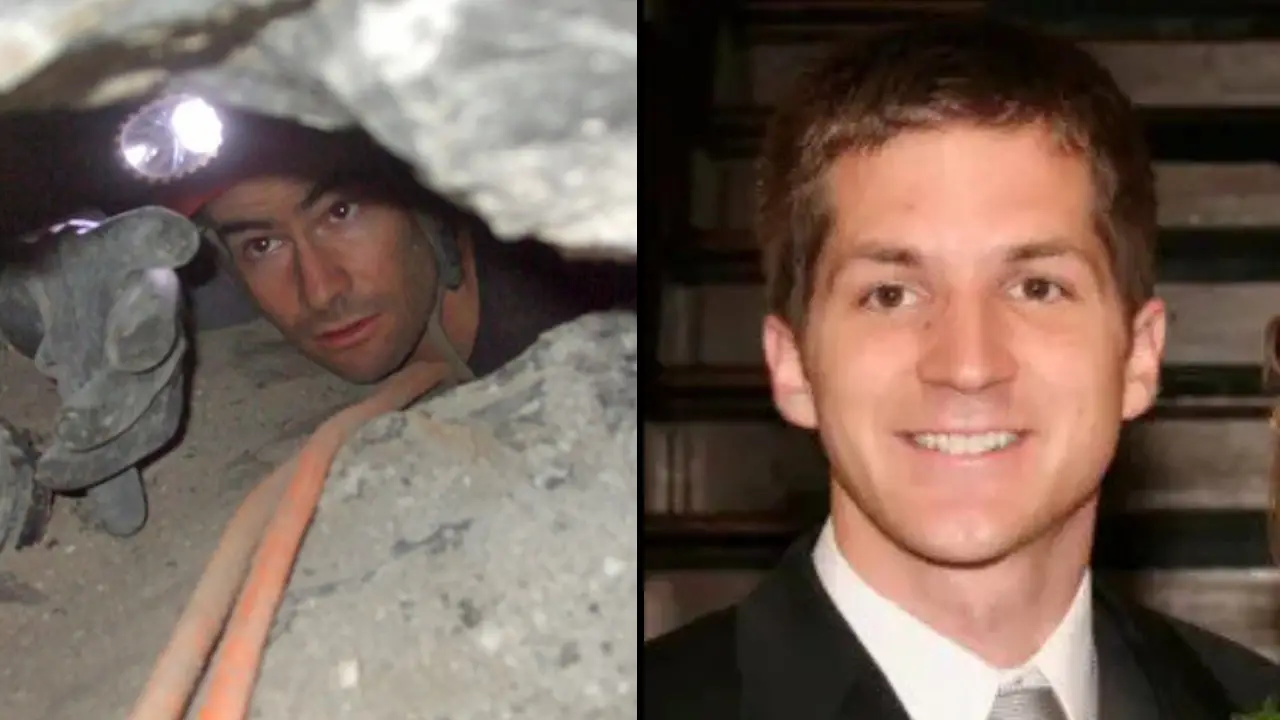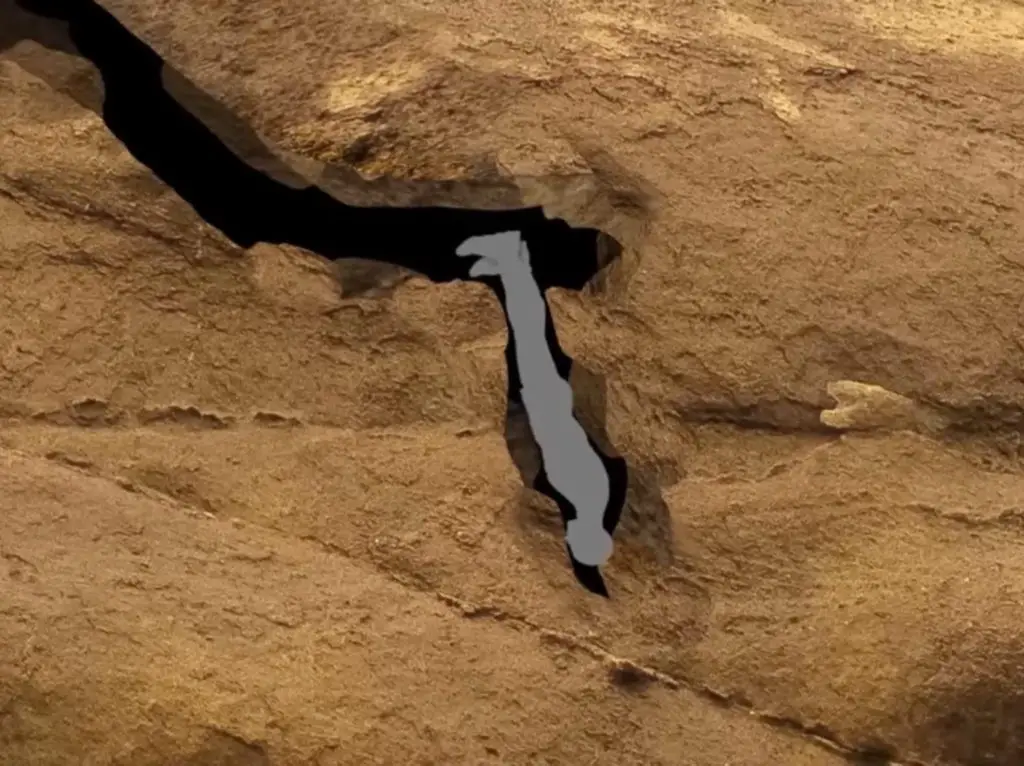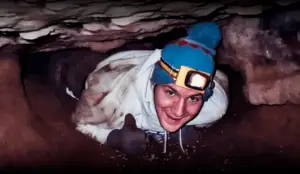
Credit: Family Handout
First Responder Explains Why He Didn’t Save Man Who Died ‘Worst Death Imaginable’
A first responder has explained why he didn’t save the man who died the ‘worst death imaginable.’
A cave rescue expert has broken his silence about one of the most harrowing incidents in spelunking history, revealing the devastating reasons why he couldn’t save John Edward Jones.
Brandon Kowallis, a cave explorer and YouTuber, was the last person to see Jones alive during the failed 2009 rescue mission at Utah’s Nutty Putty Cave.
In a deeply personal blog post, Kowallis has finally detailed the impossible circumstances that doomed the 26-year-old medical student to his fate.
On November 24, 2009, Jones entered Nutty Putty Cave with his brother Josh and friends, seeking adventure during a Thanksgiving visit to Utah.
The experienced spelunker was attempting to find a narrow passage known as the ‘Birth Canal’ when disaster struck.
Jones, who stood six feet tall and weighed around 210 pounds, took a fatal wrong turn into an unmapped passageway.
Believing he had found the turnaround point, he crawled head-first into a vertical fissure measuring just 10 inches by 18 inches. Once inside, he became completely wedged upside down with no way to retreat.

When Kowallis arrived at the scene after hours of ongoing rescue efforts, Jones was already in critical condition.
Being trapped upside down had put enormous strain on his cardiovascular system, forcing his heart to work against gravity to pump blood throughout his body.
“He was in and out of consciousness and had started talking about seeing angels and demons around him,” Kowallis recalled.
The cave explorer could hear Jones breathing in deep, gurgling breaths – a sign that fluid was building up in his lungs.
Kowallis spent precious time studying Jones’ position and the rescue equipment that had been deployed. What he discovered painted a grim picture of their chances.
“It looked very bleak. I wondered if it was even possible to get him beyond this point,” he wrote.
The rescue team had set up a pulley system, but Kowallis quickly identified fatal flaws in their approach.
Even if they could lift Jones a foot or two, his feet would hit the ceiling of the narrow passage. More critically, there was no way to rotate his unconscious body from vertical to horizontal in the confined space.
“Even if we could get him into a horizontal position, he would then have to maneuver the most difficult sections of the passage he was trapped in,” Kowallis explained.
“If he were conscious and had his full strength, there was a minute chance he could possibly do it. But even if that was the case, it looked grim.”

As Jones’ condition deteriorated, rescuers considered increasingly drastic options.
Kowallis attempted to use a jackhammer to widen the passage, but the tool proved too heavy and unwieldy in the cramped space.
“Even if we could get him out, he would be cut up very badly and probably end up with several broken bones,” he noted about the jackhammer approach.
His estimate for breaking through enough rock was anywhere from three to seven days, time they simply didn’t have.
During the rescue attempt, Jones’ family was able to speak to him via radio. His wife Emily, his parents, and others told him they loved him and were praying for him.
Emily spoke of feeling peace and assured him that everything would be okay.
These would be among the last words Jones would hear.
When Kowallis went to check his vitals near midnight, he found that Jones’ body temperature had dropped to match the cold cave walls.
A paramedic confirmed what Kowallis feared – John Edward Jones was pronounced dead at 11:52 p.m.

Kowallis’s account reveals the brutal truth: the rescue was likely doomed from the moment Jones became trapped.
The combination of his size, the confined space, and the upside-down position created a perfect storm of impossible circumstances.
“To get a 210-pound, unconscious person out seemed pretty much impossible,” Kowallis concluded. “It was even difficult for me, weighing 125 pounds, to get myself out.”
After Jones’ death, officials determined it was too dangerous to recover his body.
The cave was permanently sealed with controlled explosives, and the entrance was converted into a memorial with a plaque honoring Jones’ memory.
You can read Kowalis’ full post here.
Related Article: Man Accidentally Falls Into Yellowstone Hot Spring, Dissolves Within A Day
Related Article: Woman Whose Husband Died ‘The Worst Death Imaginable’ Still Cruelly Trolled Years Later
Want more stuff like this?
Get the best viral stories straight into your inbox!


